Blaine Pardoe - Lost Eagles: One Mans Mission to Find Missing Airmen in Two World Wars
Here you can read online Blaine Pardoe - Lost Eagles: One Mans Mission to Find Missing Airmen in Two World Wars full text of the book (entire story) in english for free. Download pdf and epub, get meaning, cover and reviews about this ebook. year: 2011, publisher: University of Michigan Press, genre: History. Description of the work, (preface) as well as reviews are available. Best literature library LitArk.com created for fans of good reading and offers a wide selection of genres:
Romance novel
Science fiction
Adventure
Detective
Science
History
Home and family
Prose
Art
Politics
Computer
Non-fiction
Religion
Business
Children
Humor
Choose a favorite category and find really read worthwhile books. Enjoy immersion in the world of imagination, feel the emotions of the characters or learn something new for yourself, make an fascinating discovery.
- Book:Lost Eagles: One Mans Mission to Find Missing Airmen in Two World Wars
- Author:
- Publisher:University of Michigan Press
- Genre:
- Year:2011
- Rating:3 / 5
- Favourites:Add to favourites
- Your mark:
Lost Eagles: One Mans Mission to Find Missing Airmen in Two World Wars: summary, description and annotation
We offer to read an annotation, description, summary or preface (depends on what the author of the book "Lost Eagles: One Mans Mission to Find Missing Airmen in Two World Wars" wrote himself). If you haven't found the necessary information about the book — write in the comments, we will try to find it.
The first biography of the man who created the way we look for airmen downed in combat behind enemy lines|
Praise for Lost Eagles
The pilot and observer stories selected have not previously seen much exposure. Not only are they interesting, but I found myself relishing getting to the next chapter to find out what Frederick Zinn was doing during the next stage of his life.
-Alan Roesler, founding member, League of World War I Aviation Historians, and former Managing Editor, Over the Front
Praise for Blaine Pardoes previous military histories (which average 4.5-star customer reviews on Amazon.com):
Terror of the Autumn Skies: The True Story of Frank Luke, Americas Rogue Ace of World War I
This painstaking biography of World War I ace Frank Luke will earn Pardoe kudos . . . Pardoe has flown a very straight course in researching and recounting Lukes myth-ridden life. . . . Thorough annotation makes the book that much more valuable to WWI aviation scholars as well as for more casual air-combat buffs.
-Booklist
The Cruise of the Sea Eagle: The Amazing True Story of Imperial Germanys Gentleman Pirate
This is a gem of a story, well told, and nicely laid out with photos, maps, and charts that cleverly illuminate the lost era of gentlemen pirates at sea . . . [German commerce raider Felix von Luckners] legend lives on in this lively and readable biography.
-Admiral James Stavridis, U.S. Navy, Naval History
Few people have ever heard of Frederick Zinn, yet even today airmens families are touched by this man and the work he performed in both world wars. Zinn created the techniques still in use to determine the final fate of airmen missing in action. The last line of the Air Force Creed reads, We will leave no airman behind. Zinn made that promise possible.
Blaine Pardoe weaves together the complex story of a man who brought peace and closure to countless families who lost airmen during both world wars. His lasting contribution to warfare was a combination of his methodology for locating the remains of missing pilots (known as the Zinn system) and his innovation of imprinting all aircraft parts with the same serial number so that if a wreck was located, the crewman could be identified. The tradition he established for seeking and recovering airmen is carried on to this day.
Blaine Pardoe is an accomplished author who has published dozens of military fiction novels and other books, including the widely acclaimed Cubicle Warfare: Self-Defense Tactics for Todays Hypercompetitive Workplace; Terror of the Autumn Skies: The True Story of Frank Luke, Americas Rogue Ace of World War I; and The Cruise of the Sea Eagle: The Amazing True Story of Imperial Germanys Gentleman Pirate.
Jacket photo: Frederick Zinns Sopwith aircraft, which crashed during World War I. National Museum of the United States Air Force Archives.
Blaine Pardoe: author's other books
Who wrote Lost Eagles: One Mans Mission to Find Missing Airmen in Two World Wars? Find out the surname, the name of the author of the book and a list of all author's works by series.

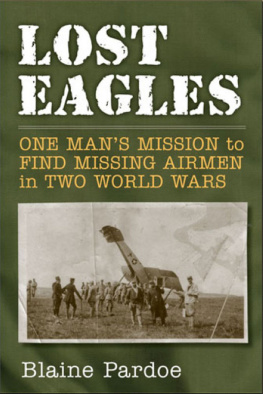


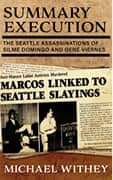

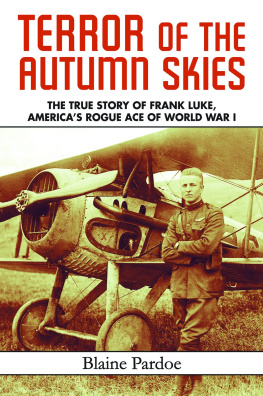

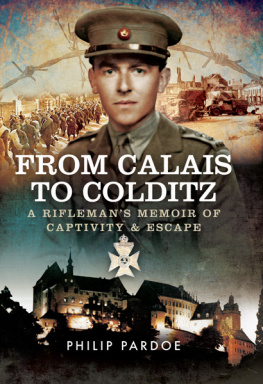
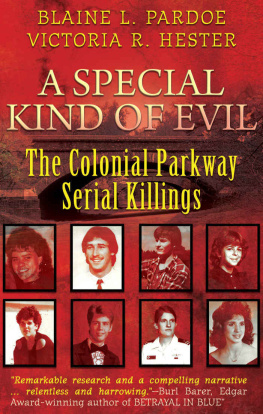


 Printed on acid-free paper
Printed on acid-free paper